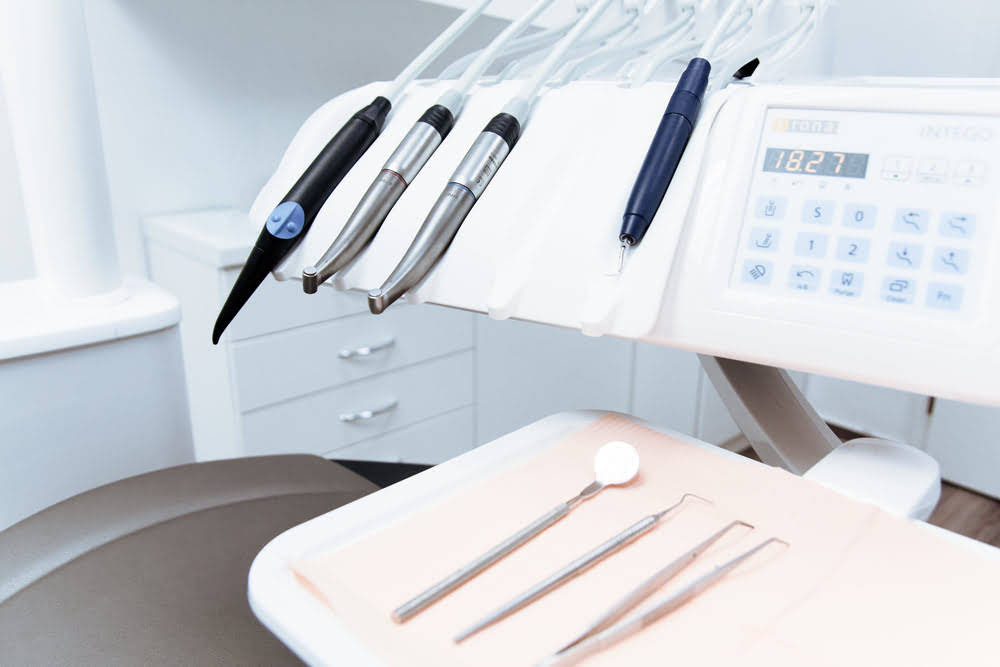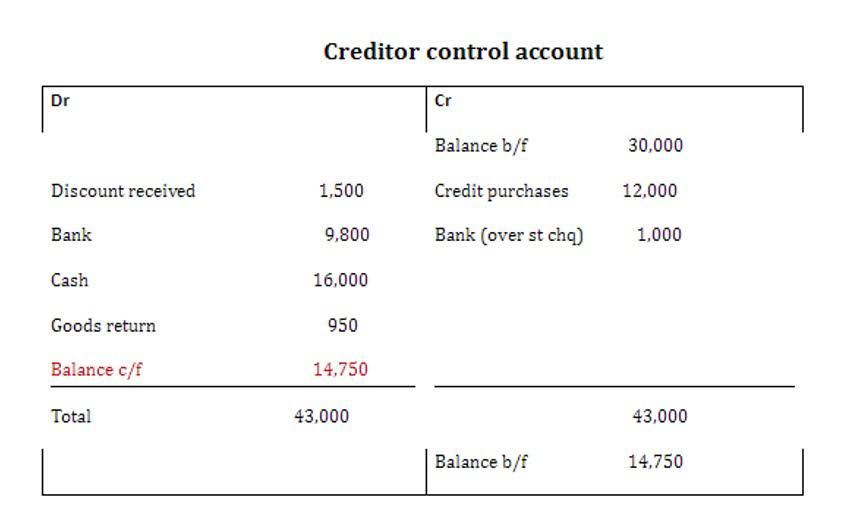
This concept helps companies understand how much of an asset’s cost has been allocated as an expense over its useful life. In all probability, you will find accumulated depreciation listed as a credit balance just below the fixed assets on the balance sheet. If you don’t see it next to the fixed assets, you may notice a column listing the net costs for property, plant, and equipment. In this case, you can head to the financial statement disclosures to find details about the book value of the company’s assets. This cumulative figure aids in financial analysis, offering insights into the age and remaining Certified Public Accountant useful life of a company’s assets.
Understanding Accumulated Depreciation
The percentage can be calculated as twice 100% divided by the years of useful life. Second, on a related note, the income statement does not carry from year-to-year. Activity is swept to retained earnings, and a company “resets” its income statement yearly. Meanwhile, its balance sheet is a life-to-date running total that does not clear at year-end. Therefore, depreciation expense is recalculated yearly, while accumulated depreciation is always a life-to-date running QuickBooks ProAdvisor total.
Depreciation Expense
Automating depreciation-related transactions helps businesses maintain error-free financial records and reduce the risk of compliance issues. It’s important to note that total depreciation expense is the same, regardless of the depreciation method you choose. You can depreciate tangible, long-term assets like equipment, vehicles, and office furniture.
Units-of-production depreciation method
- The composite method is applied to a collection of assets that are not similar and have different service lives.
- Some companies may list depreciation for plant, machinery, and equipment separately under the value of each item instead of a cumulative figure used in the above example.
- It is recorded on a company’s general ledger as a contra account and under the assets section of a company’s balance sheet as a credit.
- These methods are allowable under Generally Accepted Accounting Principles (GAAP).
- A contra-asset account, which has a credit balance and lowers the fixed Asset’s gross value, is where accumulated depreciation is recorded.
- This represents the cumulative annual depreciation at the start of the equipment’s first year of use.
However, when you eventually sell or retire an asset, you debit the accumulated depreciation account to remove the entry for that asset. The IRS requires businesses to depreciate specific assets using the Modified Accelerated Cost Recovery System (MACRS). For instance, automobiles depreciate over five years, and commercial real estate is depreciated over 39 years. You can continue following the same formula for the remaining useful life to determine how much an asset will depreciate over time. The straight-line method is the simplest method for calculating accumulated depreciation. In this method, you depreciate an asset at an equal amount over each year across its useful life.
Example of Amortization vs. Depreciation

Cost of goods sold is usually the largest expense on the income statement of a company selling products or goods. Cost of Goods Sold is a general ledger account under the perpetual inventory system. The book value of an asset is the amount of cost in its asset account less the accumulated depreciation applicable to the asset. The book value of an asset is also referred to as the carrying value of the asset. Some valuable items that cannot be measured and expressed in dollars include the company’s outstanding reputation, its customer base, the value of successful consumer brands, and its management team.
- Accumulated depreciation is the sum of all recorded depreciation on an asset to a specific date.
- Unlike regular depreciation, which is reported on the income statement as an expense, accumulated depreciation appears on the balance sheet as a contra-asset account.
- The value of an asset on a company’s balance sheet is determined by subtracting the accumulated depreciation from the asset’s cost.
- Calculator Academy is a free accumulated depreciation calculator which does not have the broad calculations and tutorials that the first two calculators.
- Therefore, there would be a credit to the asset account, a debit to the accumulated depreciation account, and a gain or loss depending on the fair value of the asset and the amount received.
How does proration affect asset depreciation reporting?
For example, at the end of five years, the annual depreciation expense is still $10,000, but accumulated depreciation has grown to $50,000. It is credited each year as the asset’s value is written off and remains on the books, reducing its net value until it is disposed of or sold. It is important to note that accumulated depreciation cannot be more than the Asset’s historical cost, even if it is still in use after its estimated useful life. Accumulated depreciation is linked to “depreciation expense,” the portion of an asset’s cost allocated to a single accounting period.

- Although the Asset only had a useful life of five years, it is argued that it wasn’t used for the entirety of Year 1 or Year 6.
- A common system is to allow a fixed percentage of the cost of depreciable assets to be deducted each year.
- Therefore, the DDB depreciation calculation for an asset with a 10-year useful life will have a DDB depreciation rate of 20%.
- You’ll need the purchase price, the salvage value (what you think it’ll be worth at the end of the road), and its estimated useful life, reflecting its lifespan use.
- One primary role of accumulated depreciation is to facilitate accurate financial reporting.
For purposes of the units of production method, shown last here, the company’s estimate for units to be produced over the asset’s lifespan is 30,000 and actual units produced in year one equals 5,000. For example, if a company purchased a piece of printing equipment for $100,000 and the accumulated depreciation is $35,000, then the net book value of the printing equipment is $65,000. You should consider our materials to be an introduction to selected accounting and bookkeeping topics (with complexities likely omitted). We focus on financial statement reporting and do not discuss how that differs from income tax reporting.
Overview of Depreciation Methods
- It is a contra-asset account, meaning it reduces the asset’s original cost on the balance sheet.
- The cost of business assets can be expensed each year over the life of the asset to accurately reflect its use.
- At this point, the asset’s accumulated depreciation and its cost should be removed from the accounts.
- In general, accumulated depreciation is calculated by taking the depreciable base of an asset and dividing it by a suitable divisor, such as years of use or units of production.
- Sometimes, businesses apply different depreciation methods for tax purposes and financial reporting.
Tracking the depreciation expense of an asset is important for accounting and tax reporting purposes because it spreads the cost of the asset over the time it’s in use. The “declining-balance” refers to the asset’s book value or carrying value (the asset’s cost minus its accumulated depreciation). Recall that the asset’s book value declines each time that depreciation is credited to accumulated depreciation definition the related contra asset account Accumulated Depreciation. It’s also crucial for tax purposes—it can offer deductions that reduce taxable income, and failing to account for it properly can lead to noncompliance penalties. Lastly, knowing the depreciated value of your assets influences strategic decisions like budgeting for replacements or planning for expansions. Accumulated depreciation is much more than just a ledger entry—it’s a key player in your business strategy.
Accumulated Amortization/Depletion
In general, it is more beneficial than straight-line depreciation for some assets that are more productive in their early years but tend to become less productive as they age. As the estimated lifespan changes, so will the costs for subsequent years. Therefore, in the second year (14/120) x ($50,000 – $2,000), the depreciation expense would decrease to $5,600.
What Accounts Are Temporary Accounts?

These reports offer insights into what a company owns, owes, and how it performs financially. A loan doesn’t deteriorate in value or become worn down through use as physical assets do. Loans are also amortized because the original asset value holds little value in consideration for a financial statement. The notes may contain the payment history but a company must only record its current level of debt, not the historical value less a contra asset. The formulas for depreciation and amortization are different because of the use of salvage value. The depreciable base of a tangible asset is reduced by its salvage value.